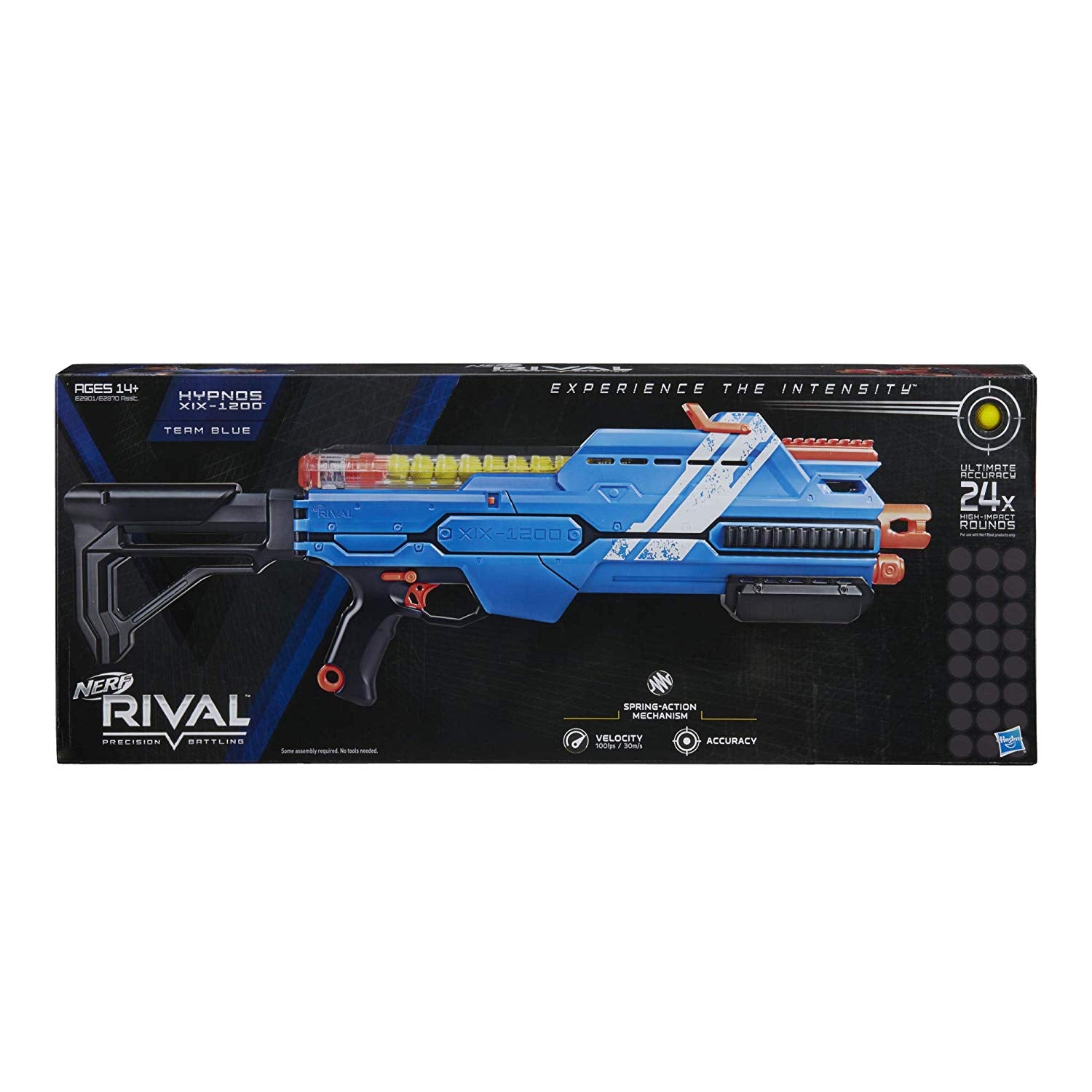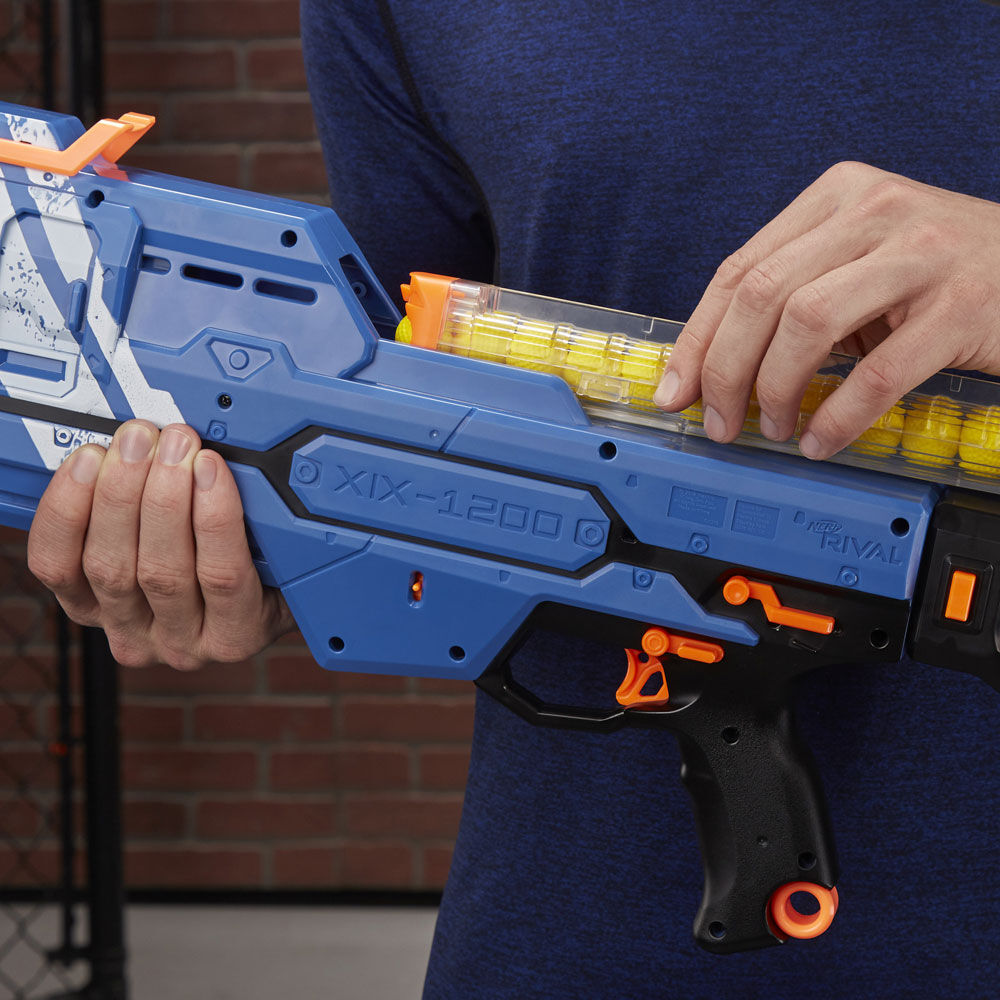



Nerf community history: /r/HistoryOfNerfModding.
#Nerf hypnos how to
Examples of how to not post: /r/BadNerfPosts/.Chatter/memes/off topic: /r/nerfchatter.Buy/Sell/Trade/what's it worth: /r/nerfexchange.Hobby Blaster Catalogue by /u/TheJettisoned - "A Convenient List for New Nerfers With Too Much Money for Their Own Good" If you have general 3d printing questions such as "What 3d Printer should I buy?" please check out /r/3dprinting. Lipo battery guide, charging, safety tips Zombies.Īutomod's "Blaster-Gun" and "Black/Prop" Post Explanation Link Welcome, Warriors! This is a place for Nerf, BoomCo, Off-brands, Water Blasters, Modifications, Homemades, Assassins, Office wars, and Humans vs. Offending posts will be removed and posters temp/perma-banned. Please do not post Amazon "affiliate" links. r/nerf is not affiliated with Hasbro, or anyone else. (Please look in these places or do a Google search before asking questions. To make captures speedier and more reproducible, we added two additional matching cameras to a modified dolly on an arced track, aligned all three cameras to focus on a single point and synced all of the cameras to a remote wireless trigger.Then, if you still have questions, refer to the subreddit NERF FAQ's + WIKI PAGE. Using 11-megapixel resolution JPEGs captured at 10 frames per second created a more manageable amount of data, and decreased the time in between capturing and rendering. We soon realized that this workflow could be made more efficient by capturing fewer photos, as well as using JPEG files from the camera instead of rendering them from RAW format. We set our cameras to a 20 frame per second burst photography mode to help ensure we had enough overlap in the images captured in that short time frame to align them all properly. Initially we used 40-megapixel resolution RAW files with a goal of maximizing our control over post-production and increasing the quality of the final portrait. With the success of those initial NeRF test portraits, we began to think about ways to improve captures, end to end. Our first outdoor tests were promising: we quickly learned that a photographer could capture a viable NeRF in just a few seconds by moving in quick arcs around the portrait subject while taking bursts of photos at a fast shutter speed. How many or few images yield the best results? Can we manage fully handheld captures? Can we reliably use burst and autofocus features on our cameras? How quickly can we capture the images required? Can portrait subjects comfortably hold poses for the length of a capture? There were several variables we wanted to test for viable NeRF captures. We recently explored the potential for NeRF portraiture from both a technical and aesthetic perspective. Additionally, the recent release of NVIDIA NGP Instant NeRF allows us to train models and see results of our test captures much faster than photogrammetry and previous NeRF implementations. New algorithms require fewer source photographs and allow for more flexible capture scenarios – rendering 3D scenes with incredible fidelity. Currently the ecosystem is immature, with limited tools for processing, editing and displaying NeRF renders. NeRF excels at reproducing those very same qualities, creating tremendous potential. While photogrammetry is excellent at generating 3D models, it struggles to accurately represent reflection, transparency, fine details and some of the atmospheric qualities of light. R&D is experimenting with storytelling applications of Neural Radiance fields (NeRF), a machine learning technique for achieving photorealistic detail in 3D.įor over 5 years, The Times has been using photogrammetry to create high-quality 3D reconstructions.


 0 kommentar(er)
0 kommentar(er)
